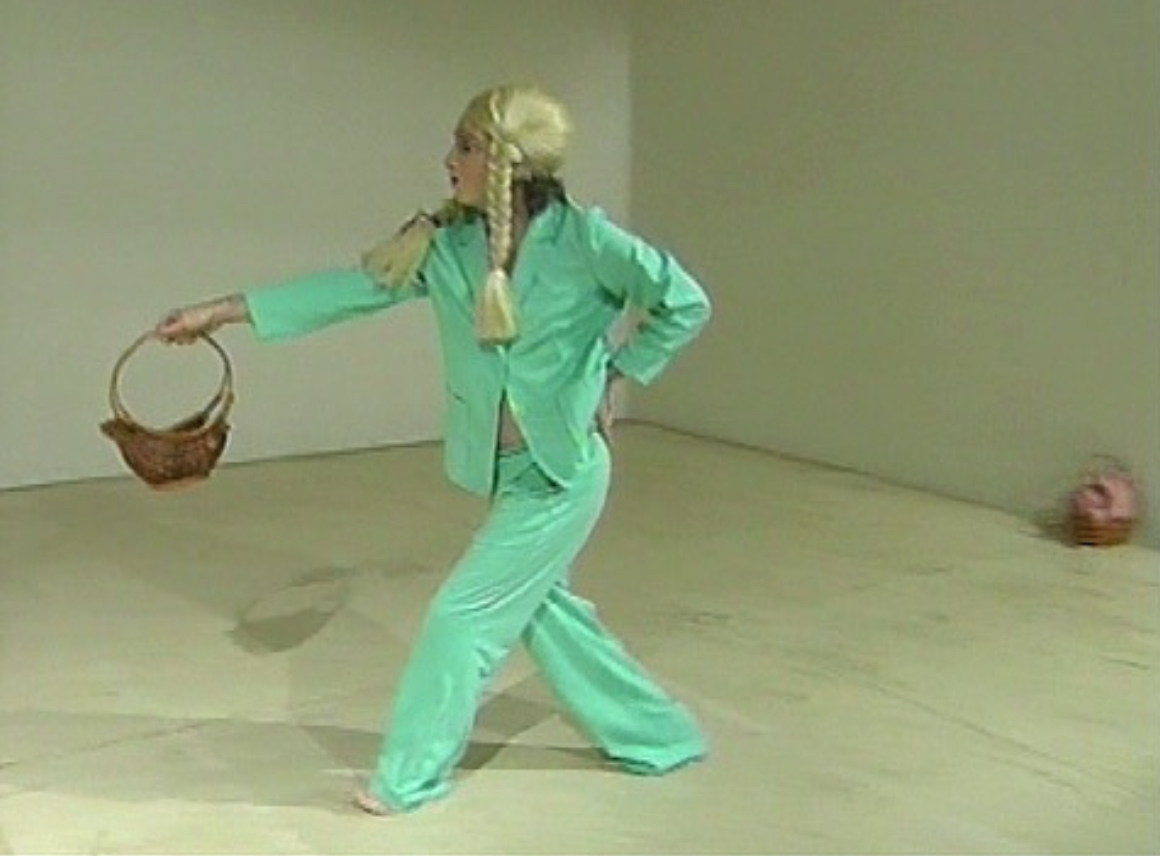
Mike Kelley en 6 films
ARCHIVE
On the occasion of the final days of the exhibition Mike Kelley. Ghost and Spirit, the Bourse de Commerce is hosting an evening at which six of the artist's videos will be screened, which include some of his collaborations with Paul McCarthy, Ericka Beckman, and Anita Pace. Mike Kelley’s relationship to the body and to dance, the staging of the “domestic”, and a sense of the abject lie at the heart of this programme dominated by a critique of familial and institutional structures.
Programme
Introduction to the event by Catherine Wood, Director of Programming at the Tate Modern in London, and Jean-Marie Gallais, Curator of the Pinault Collection, co-curators of the exhibition Mike Kelley. Ghost and Spirit.
In English, 20 minutes.
Family Tyranny (Modeling and Molding), 1987.
Mike Kelley and Paul McCarthy. Colour video, sound, 8m 08s.
The result of an improv session at a TV studio, Paul McCarthy invited Mike Kelley to play the role of the son, while he played the father in this “family tyranny”.
Blind Country, 1989.
Mike Kelley and Ericka Beckman. Colour video, sound, 19 m 57s.
Inspired by an H.G. Wells novella that both fascinated and horrified Mike Kelley as a teenager, Blind Country retraces the story of a man who gives up his eyes to join a blind community of aliens, which here becomes a castration narrative.
Heidi’s Four Basket Dances, 1992–2001.
Mike Kelley and Paul McCarthy. Colour video, sound, 15 m.
Following the piece Heidi, a loose interpretation of Joanna Spyri’s novel by the duo of Mike Kelley and Paul McCarthy, Kelley performed four dances with just an apparently innocent basket as a prop.
Out O’ Actions, 1998.
Mike Kelley and Paul McCarthy. Colour video, sound, 4 m 25s.
This sped-up video documents Kelley's and McCarthy’s various meetings as they prepared a project for MOCA in Los Angeles during its inaugural exhibition Out of Actions: Between Performance and the Object 1949-1979. In its parody of the documentation of a happening by Actionist Otto Muehl, the meetings between the artists and the curators are presented as a performance.
A Dance Incorporating Movements Derived from Experiments by Harry F. Harlow and Choreographed in the Manner of Martha Graham, 1999.
Mike Kelley. Black and white video, silent, 8 m 32 s.
In this video, dancers move about a set designed by Mike Kelley, interacting and silently commenting on various choreographies: Martha Graham’s “mythological” dances, gestures derived from the observation of monkeys’ behaviours in Harry Harlow’s experiments conducted in the 1960s, and violent, “cathartic” behaviours described in the films by the psychologist Albert Bandura about the effects of televised violence on preschool-aged children.
The Bridge Visitor (Legend-Trip), 2004.
Mike Kelley. Colour video, sound, 18 m 30 s.
Legend Trip, a teenager’s story about exploring a haunted site at night, reconstitutes a childhood memory of Mike Kelley’s. It retraces, step by step (initiation – completion – retrospection), an invocation of Satan and a divination using the melted remains of plastic garbage bags that were burned during a ritual and in which shapes and faces appear.
For all the movies: courtesy of Electronic Arts Intermix (EAI), New York et Mike Kelley Foundation for the Arts, Los Angeles.